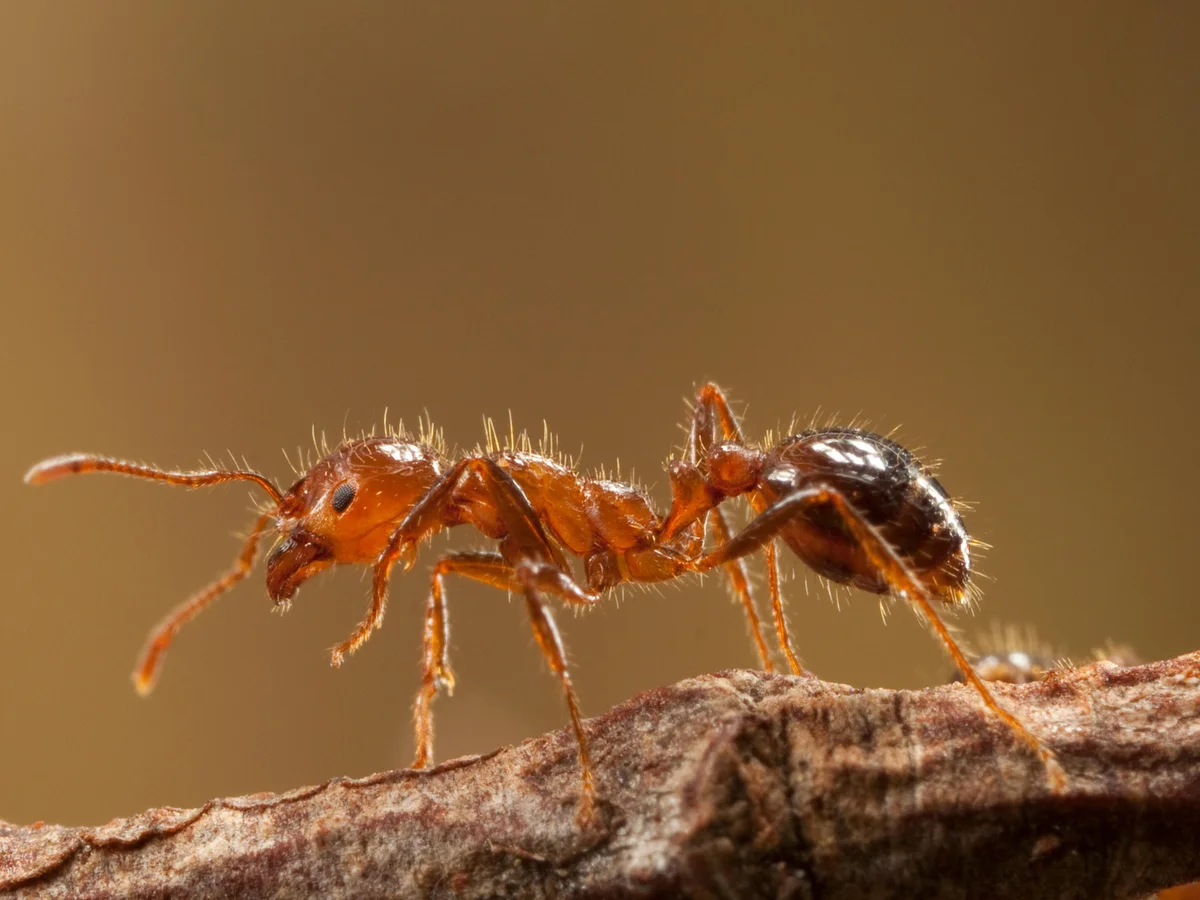
Rare fire ant detected
Rare Fire Ant Species Detected in Australia, Triggering Biosecurity Emergency and Ecological Concerns
In a troubling development for Australia’s biosecurity defenses, officials have confirmed the detection of a rare and invasive species of fire ant in a suburban area of southeast Queensland. The species, believed to be a variation of the notorious Solenopsis invicta, or red imported fire ant, was found during routine surveillance by the National Fire Ant Eradication Program (NFAEP). This unexpected discovery has set off alarm bells across environmental and agricultural sectors, prompting a swift multi agency response and renewed public warnings about the serious ecological, economic, and health risks associated with these aggressive insects.
The fire ant specimen was first identified by a local resident in the Logan area who reported unusual ant behavior and aggressive stinging while gardening. Upon investigation, biosecurity officers confirmed not only the presence of fire ants but also genetic markers that distinguish this population from previously known infestations in the region. These ants appear to belong to a hybrid lineage not native to Australia, raising concerns that a separate, previously undetected incursion may have occurred possibly through international shipping or illegal soil movement. The Queensland Department of Agriculture and Fisheries has classified the situation as a level one biosecurity incident, the most severe classification under their risk framework.
Fire ants are considered one of the world’s worst invasive species. Native to South America, they were first detected in Australia in 2001 and have since been the subject of one of the most expensive eradication programs in the country’s history, costing over $600 million to date. The insects are known for their aggressive swarming behavior and venomous stings, which can cause severe allergic reactions in humans and kill small animals. In agricultural settings, fire ants pose a serious threat to livestock, crops, and machinery, as they often nest in open pastures and electrical equipment. Their presence can render entire tracts of land unusable, significantly disrupting farming operations and costing millions in lost productivity.
What makes this latest detection especially alarming is the potential spread of a genetically distinct strain that may exhibit different behaviors or resistance to existing baiting and containment strategies. Early reports suggest that the newly identified variant has a faster reproductive cycle and forms larger colonies than previous strains, which could accelerate its spread if not contained quickly. Experts warn that even a short delay in eradication efforts could allow the ants to establish a foothold in new habitats, including urban parks, wetlands, and farmland. If allowed to spread beyond southeast Queensland, the fire ants could colonize much of northern and eastern Australia within a few decades.
Authorities have already cordoned off a three kilometer zone around the detection site and are deploying surveillance drones, soil sampling teams, and ground based thermal imaging units to locate and destroy nests. Residents within the affected zone have been asked to avoid moving soil, mulch, or gardening equipment and to report any suspicious ant activity immediately. In parallel, emergency baiting programs are underway, using slow acting toxic bait that worker ants carry back to the nest, thereby eliminating the colony at its core. The challenge, however, lies in locating every nest before they begin forming satellite colonies something fire ants are notoriously efficient at.
Beyond the environmental and economic impacts, public health officials are also concerned about the human toll of a widespread fire ant infestation. Though not typically fatal, fire ant stings can cause intense burning, pustules, and in rare cases, anaphylactic shock. Children, the elderly, and individuals with existing allergies are especially vulnerable. Public awareness campaigns have been launched to inform residents about identifying the ants, protecting themselves, and seeking medical attention if stung. Local schools and community centers are being equipped with emergency kits and educational material to help families manage the risk.
Environmentalists fear that fire ants could further endanger Australia’s already fragile biodiversity. Ground nesting birds, reptiles, frogs, and small marsupials are particularly at risk, as they have no natural defense against the ants’ coordinated attacks. Fire ants also outcompete native ant species, disrupting ecosystems and food webs. In regions like the United States and parts of China, where fire ants have become endemic, the long term environmental consequences have been profound. Scientists caution that without immediate and comprehensive intervention, Australia could face a similar fate one that compromises both natural heritage and ecological resilience.
The federal government has pledged additional emergency funding to support containment and research efforts. Agriculture Minister Murray Watt stated that the fire ant detection is a "clear warning" that Australia must remain vigilant in the face of increasingly frequent biosecurity threats, many of which are exacerbated by global trade and climate change. He emphasized the importance of inter agency collaboration, international intelligence sharing, and stricter controls at ports and logistics hubs. There are also growing calls for a national task force to be established to oversee fire ant strategy and coordination across state lines, given the potential for interstate spread.
In conclusion, the detection of a rare fire ant species in Queensland marks a critical juncture in Australia’s battle against invasive pests. It highlights not only the ongoing vulnerabilities in biosecurity systems but also the importance of public cooperation, scientific research, and rapid response mechanisms. While the road ahead will be difficult, with substantial costs and efforts required, there is still a window of opportunity to contain and eliminate this threat before it becomes irreversible. For now, the country watches anxiously as experts race against time to prevent another ecological catastrophe from taking root on Australian soil.











